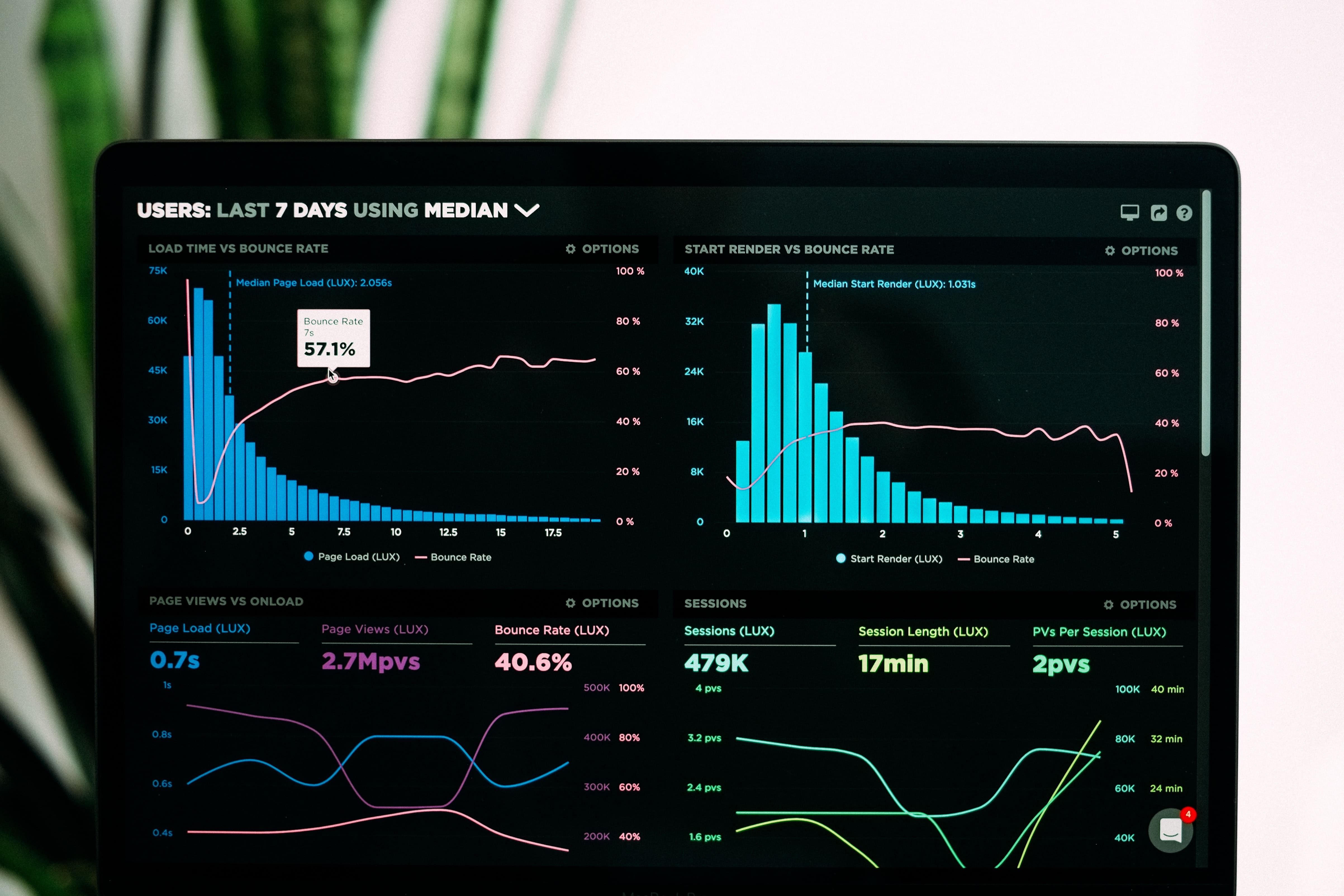Social media has become much more than a tool that connects people with family, friends, and acquaintances. It also connects businesses and brands with clients and customers. As such, social media marketing has become an integral part of digital marketing. Big or small, businesses and brands try to harness the potential of social media to increase revenue and market share. However, without social media metrics, it’s impossible to know if your campaigns are working.
Actionable data from social media and its users can help you create effective marketing strategies to make the most out of your campaigns.
Why is it Important to Track Social Media Metrics?
An understanding of social media metrics can have an impact on your overall business. If you’re still wondering about the benefits, here’s how it helps:
Measuring ROI
Campaigns are launched on social media with an expected return. You could be running campaigns to generate leads or gain larger visibility. But how do you calculate ROI, exactly? Apart from the traditional measures used to estimate ROI, adding data from social media campaigns is also important. By incorporating these metrics with other measurement tools, nearly 85% of businesses and brands are able to measure their ROI accurately.
Understanding Performance
Every business or brand must know how it is performing. Performance doesn’t only mean counting the number of likes. It includes measuring factors like customer satisfaction, user engagement, grievance redressal, and more. All these factors must be considered while measuring performance. This is possible only when you take into account what users are saying in response to your campaigns.
Making Decisions
Social media metrics go beyond helping you understand the result of social media campaigns. Tracking metrics using tools like social listening can help you identify complaints and growing dissatisfaction amongst users. The metrics will help you analyze the source of negative sentiment. The sooner you do this, the better it will be for your brand’s reputation. You can utilize user input to make changes to products and services for a better user experience.
Understanding Efficiency
It is crucial to audit the efficiency of your marketing team. Whether you have an in-house team or outsource your marketing campaigns, a regular audit is essential. You can use the data obtained from the metrics to do this. If multiple campaigns have failed or given poor results, something isn’t right. Your marketing team might have to revise some of the strategies being used.
Identify Influencers
Metrics tell you a lot about your ardent followers. If an individual or brand actively follows and promotes you on social media, you may want to add them to your circles. This will ensure that you have people outside your marketing team to promote your brand or business and act as your brand ambassadors.
Metrics that Matter the Most to You
When social media marketing was in its early stages, the metrics were very simple. The number of followers, likes, subscribers, views, comments, shares, etc. was all that mattered. The higher these stats, the better a business or brand was. But with time, things changed. It became easy to boost these numbers using inorganic means. These simple metrics have lost their value over time and now we have a more complex way of tracking campaign efficiency. But there’s nothing to worry about. Most automation tools like Auris do most of the analysis job on your behalf.
Let’s take a look at the most important metrics:
Reach
The very first metric to track is the overall reach. The more people you reach out to, the better it is for your brand. Each social media platform has tools to measure reach and you can use this.
Audience Growth Rate
A brand must track how fast its audience (followers, subscribers, etc) grows within a stipulated period. A faster growth rate will give you an edge over your competitors.
Engagement
User engagement is important for every brand. Engagement usually comes in the form of likes, comments, shares, retweets, etc. You can even post content or activities that invite users to engage with your brand.
Social Share of Voice
All mentions that your brand receives count as the Social Share of Voice or SSoV. Better SSoV percentage indicates better relevancy in the market.
Brand Sentiment
It is impossible to succeed without understanding brand sentiment. A positive sentiment indicates user satisfaction while a negative sentiment indicates the need for improvement.
Social media metrics are only a way to analyze the data. Most social media platforms have a native analytics tool that will help you understand the basics. But to really understand customer behavior, and customer expectations you have to dig deeper. Sophisticated AI tools like social listening are leading the way in bringing out actionable consumer insights to marketers. Data-driven campaigns will always help get better ROI and performance.

